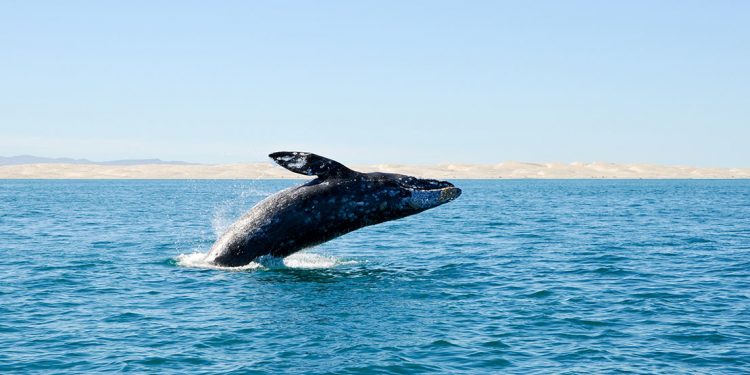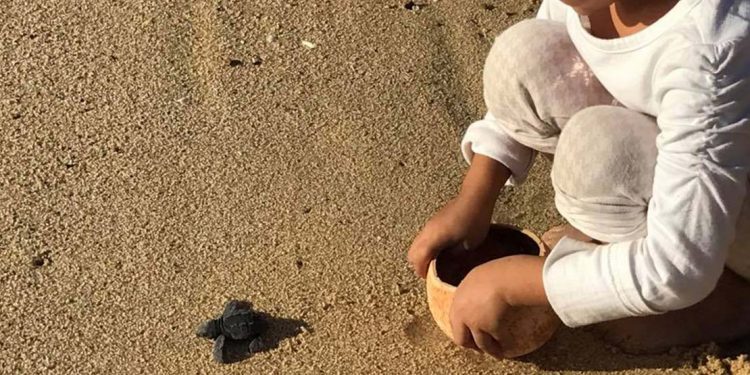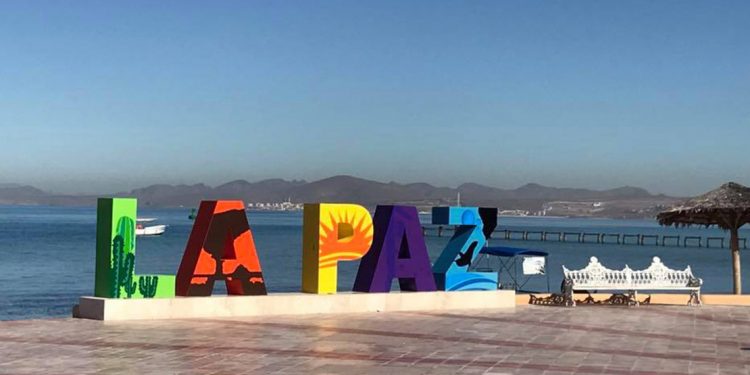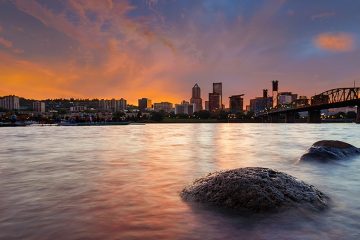8 Reasons Why Baja California Will Sweep You off Your Feet
Outdoor Adventure
You’ll be in paradise in Baja with the myriad of activities that await if you’re the adventurous type. Want to go diving or snorkeling? The options are many, including Cabo Pulmo National Marine Park, located 60 miles north of Los Cabos.
The “jewel of the East Cape region,” as it’s often referred to, spans five miles from Pulmo Point to Los Frailes and is surrounded by undeveloped desert and magnificent mountains. Here, the pristine beaches give way to a calm, shallow bay that houses one of just three living reefs on the entire continent.
Only divers and snorkelers are welcome to this 10-mile-long by three-mile-wide underwater park.
If you’ve ever wanted to swim with the whale sharks or splash around with sea lions, you can do that too. La Paz, pictured above, is a popular jumping off point for swimming with whale shark tours.
It’s also the starting point for trips to Espirito Santo Island where you can snorkel or swim among the 300 or so sea lions that live there.
If you’re into surfing, you won’t be disappointed either, as there are countless “killer” breaks along the Pacific coast, with spots here truly in a league of their own.
Hiking is an option, too. In fact, the mountains not only offer gorgeous views, but a true oasis with waterfalls and even hot springs to trek to.
ATV tours, golf and sea kayaking are just a few of the other possibilities.

Whale Watching
Whale watching is another one of the many outdoor adventures available in Baja, but it deserves a section of its own. That’s because the region not only hosts majestic humpbacks, but it’s famous for the friendly grey whales that come to the breeding lagoons in the Sea of Cortez and along the Pacific coast.
There are three major lagoons here that are a primary destination for southbound gray whales: Magdalena Bay, San Ignacio Lagoon and Scammon’s Lagoon. The whales congregate here between mid-January and mid-April before they head to Alaska on their annual migration.
The whales are referred to as “friendlies,” and many of them even seek out human contact in the lagoons, with mothers bringing their calves to “introduce them” to curious visitors.
Don’t worry — the government strictly regulates any access to the lagoons to ensure human activities don’t negatively impact the whales while they’re here to mate and birth their young, as they have for centuries.
Outdoor Adventure You’ll be in paradise in Baja with the myriad of activities that await if you’re the adventurous type. Want to go diving or snorkeling?...

Release Baby Sea Turtles
Want to watch newly hatched sea turtles be released into the wild? The releases are part of a process to save endangered leatherback sea turtles.
Researchers allow the turtles to crawl on the beach to the ocean so they can assess their readiness. They observe whether the turtles can move, crawl, orient themselves in the water, swim and come up for air as they swim away.
Visitors can watch, or even help release them too, near Todos Santos at Campamento Torugero (Turtle Camp). Releases take place most days from December 1 through March 31 just before sunset. It’s one of many wonderful things to do in Baja California, so be sure not to miss out.







